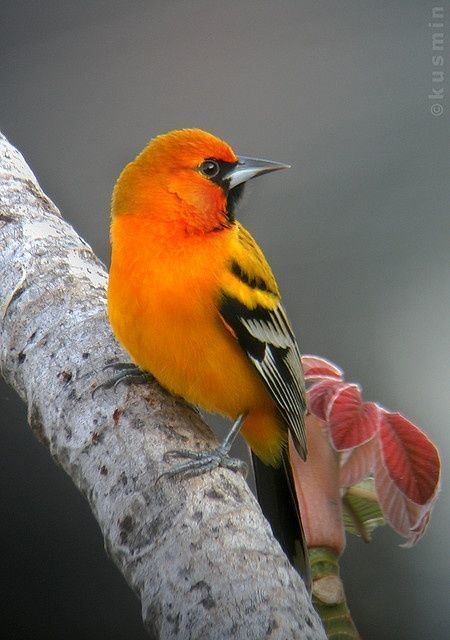Scientific name Icterus Higher classification Icterid Order Passerine | Phylum Chordata Rank Genus | |
 | ||
Lower classifications | ||
New World orioles are a group of birds in the genus Icterus of the blackbird family. Unrelated to Old World orioles of the family Oriolidae, they are strikingly similar in size, diet, behaviour, and strongly contrasting plumage, a good example of convergent evolution. As a result, the two have been given the same vernacular name.
Males are typically black and vibrant yellow or orange with white markings, females and immature birds duller. They moult annually. New World orioles are generally slender with long tails and a pointed bill. They mainly eat insects, but also enjoy nectar and fruit. The nest is a woven, elongated pouch. Species nesting in areas with cold winters are strongly migratory, while subtropical and tropical species are more sedentary.
The name "oriole" was first recorded (in the Latin form oriolus) by Albertus Magnus in about 1250, which he stated to be onomatopoeic, from the song of the European golden oriole.
The genus name Icterus as used by classical authors, referred to a bird with yellow or green plumage. In modern times this has been identified as the golden oriole. Brisson re-applied the name to the New World birds because of their similarity in appearance.
Provisional species list
This species list is provisional. The exact delimitation of several taxa is unclear, and hybridization seems to be a significant confounding factor, for example in the Baltimore and Bullock's oriole:
